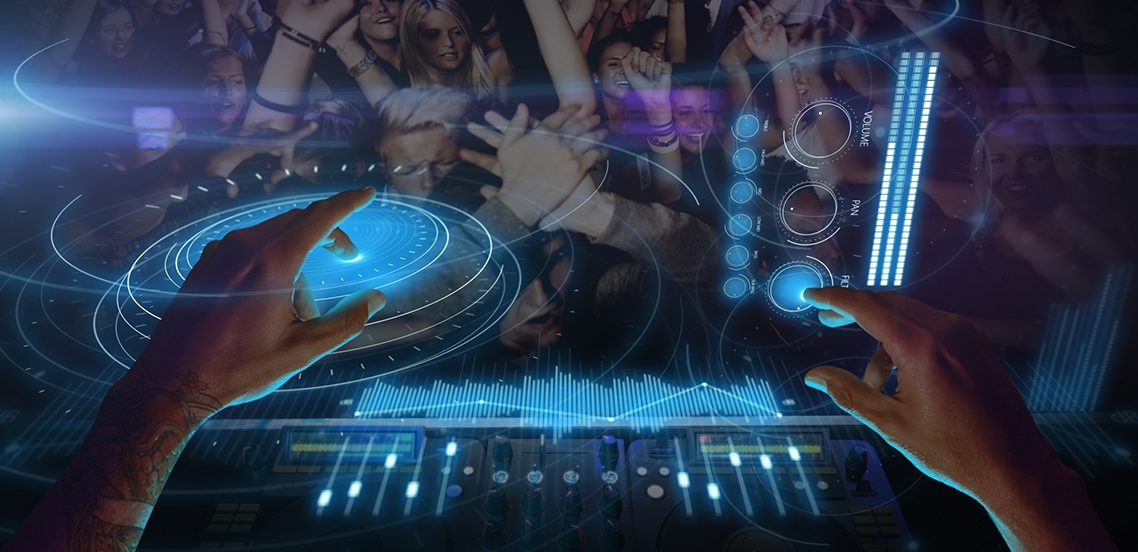
Augmented reality simply does what it says, it augments the ‘real reality’, the real world. Contrarily to VR, which creates a whole new reality that blanks out the real world, in AR, users’ eyes see the real world but that real world is complemented with pop up information.
The AR content is technically hidden and to be visualised people need an enhancement device which can either be a pair of smart glasses, smart contact lessees, a smartphone or other mobile devices.
That superimposed information can span from GPS directions, pop-up information in newspaper articles, to touristic sites subtitles or even on-the-go retail discounts.
The use of AR is also set to change the gaming industry. Users are now able to play their games on their phone, mixing the physical world with the virtual one to create the augmented reality experience.
For example, Ingress is an AR 3D game that allows several players, or ‘agents’, to play together from different parts of the world. It mixtures real and augmented reality. The goal is to collect as many ‘portals’ as possible across different sites, these being monuments, etc.
The AR race started in the late 1960s, when computer scientist Ivan Sutherland developed a three-dimensional display to present the user with a perspective image which changes as he/she moves.
Since then, many other attempts have been done to get the technology right, but all of them failed to make it to the consumer market.
Google has been one of the largest technology companies to have investment in AR. The company launched its developers version of the famous Glass device in February 2013 for $1,500, yet the product failed to get a good market acceptance. In 2015, Google stop producing Glass and has since then been working on smart contact lenses and a new version of Glass.
With the rise of VR devices and applications, AR has again become a hot topic. Companies like Magic Leap, which Google has also helped to fund, are currently developing AR content that is going to use both VR technology and AR to superimpose 3D computer-generated imagery over real world objects. The applications are endless, from education, healthcare or manufacturing to sports.
The augmented reality (AR) space will see the number of shipments grow 16 times in volume by 2018, when compared to 2015. According to CCS Insight, the market value associated with this technology will also boom to $3.6 billion in two years time, up from last year’s $300 million.







